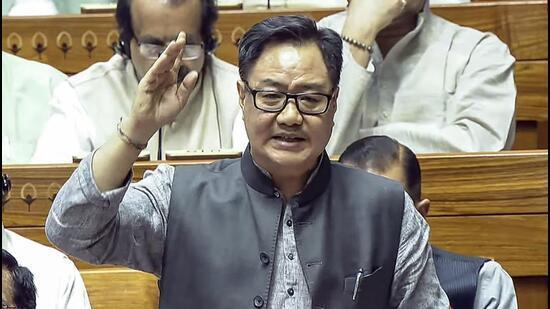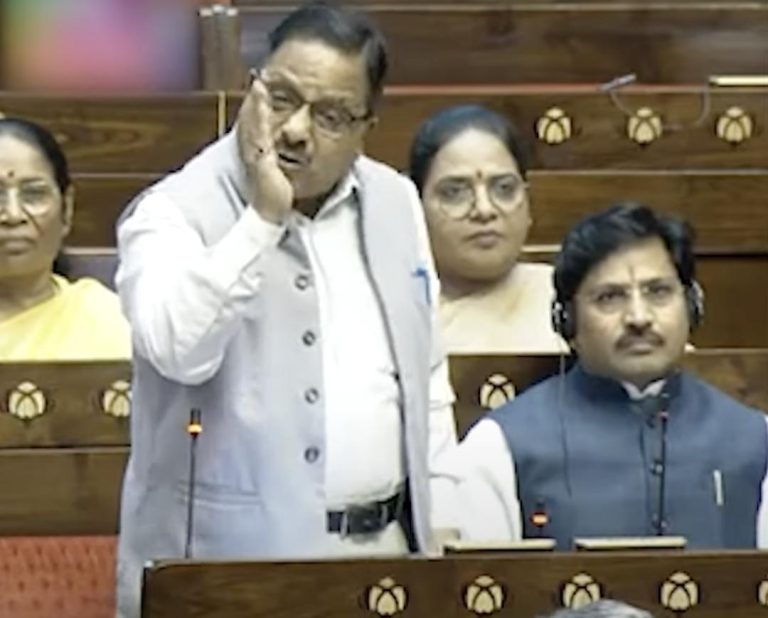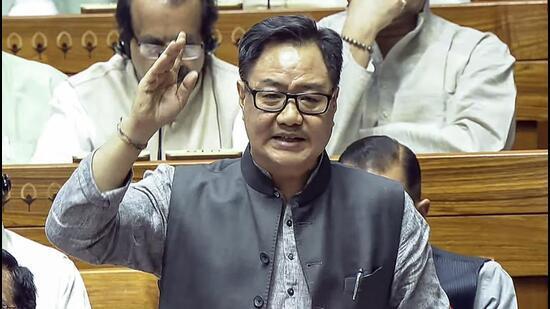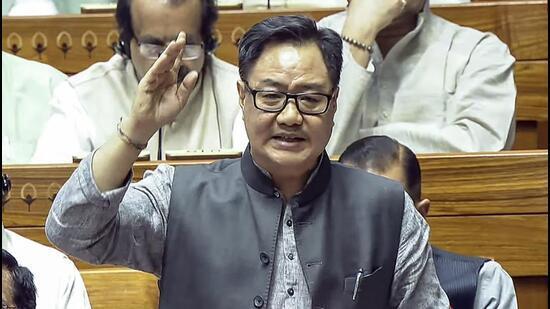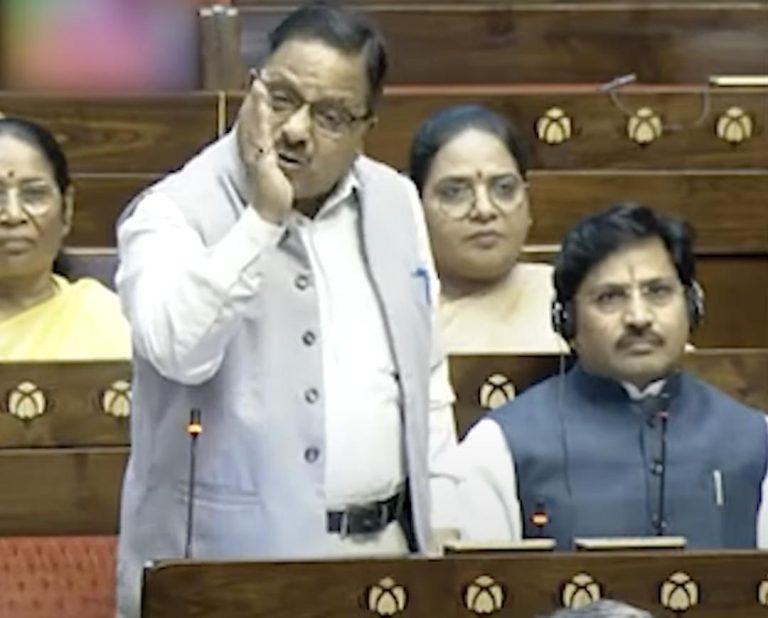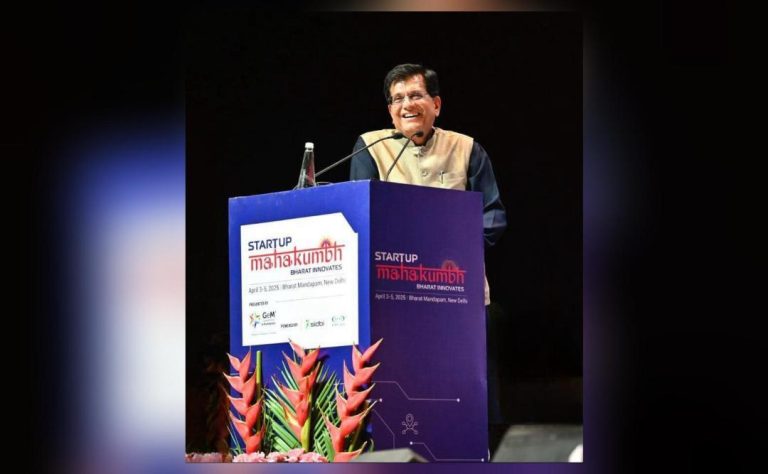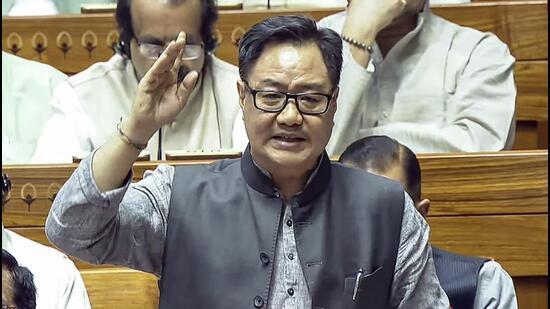
Delhi sees 58% voter turnout in Assembly polls
The national capital of India, Delhi, has witnessed a remarkable voter turnout in the recent Assembly polls, with a total of 57.84% of its eligible voters casting their ballots. This significant turnout is a testament to the enthusiasm and engagement of the city’s residents in the democratic process. In this blog post, we will delve deeper into the details of the voter turnout, exploring the trends and patterns that emerged during the polls.
According to official reports, the voter turnout in different constituencies varied, with Burari recording the highest turnout at 57.56%, followed closely by Rajinder Nagar with 57.88%. New Delhi and Chandni Chowk saw a slightly lower turnout, with 54.27% and 53.06% respectively. On the other hand, Patparganj and Kalkaji recorded a slightly lower turnout, with 57.74% and 51.81% respectively.
These numbers are significant, especially considering the large number of candidates in the fray. A total of 699 candidates are vying for 70 Assembly seats, making for a highly competitive election. The high voter turnout is a clear indication that Delhi’s residents are eager to exercise their democratic rights and have a say in the direction of their city.
The high voter turnout is also reflective of the city’s growing political consciousness. Delhi has been at the forefront of many significant political developments in recent years, from the anti-CAA protests to the ongoing pandemic. The city’s residents have been actively engaging with political issues and are keen to have their voices heard.
The voter turnout is also significant in the context of Delhi’s recent political history. The 2020 Delhi Assembly elections saw a relatively low voter turnout of 54.94%, which was attributed to various factors such as the COVID-19 pandemic and a general sense of disillusionment with the political process. However, this year’s elections have seen a marked increase in voter turnout, indicating a renewed sense of enthusiasm and engagement among the city’s residents.
The high voter turnout is also a testament to the efforts of the Election Commission of India (ECI) and other stakeholders. The ECI had taken several measures to ensure a smooth and efficient voting process, including the deployment of more polling stations and the use of technology to streamline the voting process. The efforts of the ECI and other stakeholders are likely to have contributed to the high voter turnout.
The voter turnout is also significant in the context of Delhi’s demographic trends. The city is home to a diverse population, with a large number of young and first-time voters. The high voter turnout is a clear indication that these young voters are engaged and enthusiastic about the political process.
In conclusion, the 58% voter turnout in Delhi’s Assembly polls is a significant achievement, reflecting the city’s growing political consciousness and enthusiasm for the democratic process. The high turnout is a testament to the efforts of the ECI and other stakeholders, as well as the engagement of Delhi’s residents in the political process. As the city looks to the future, it is clear that the high voter turnout is a positive trend that will continue to shape the city’s political landscape.
